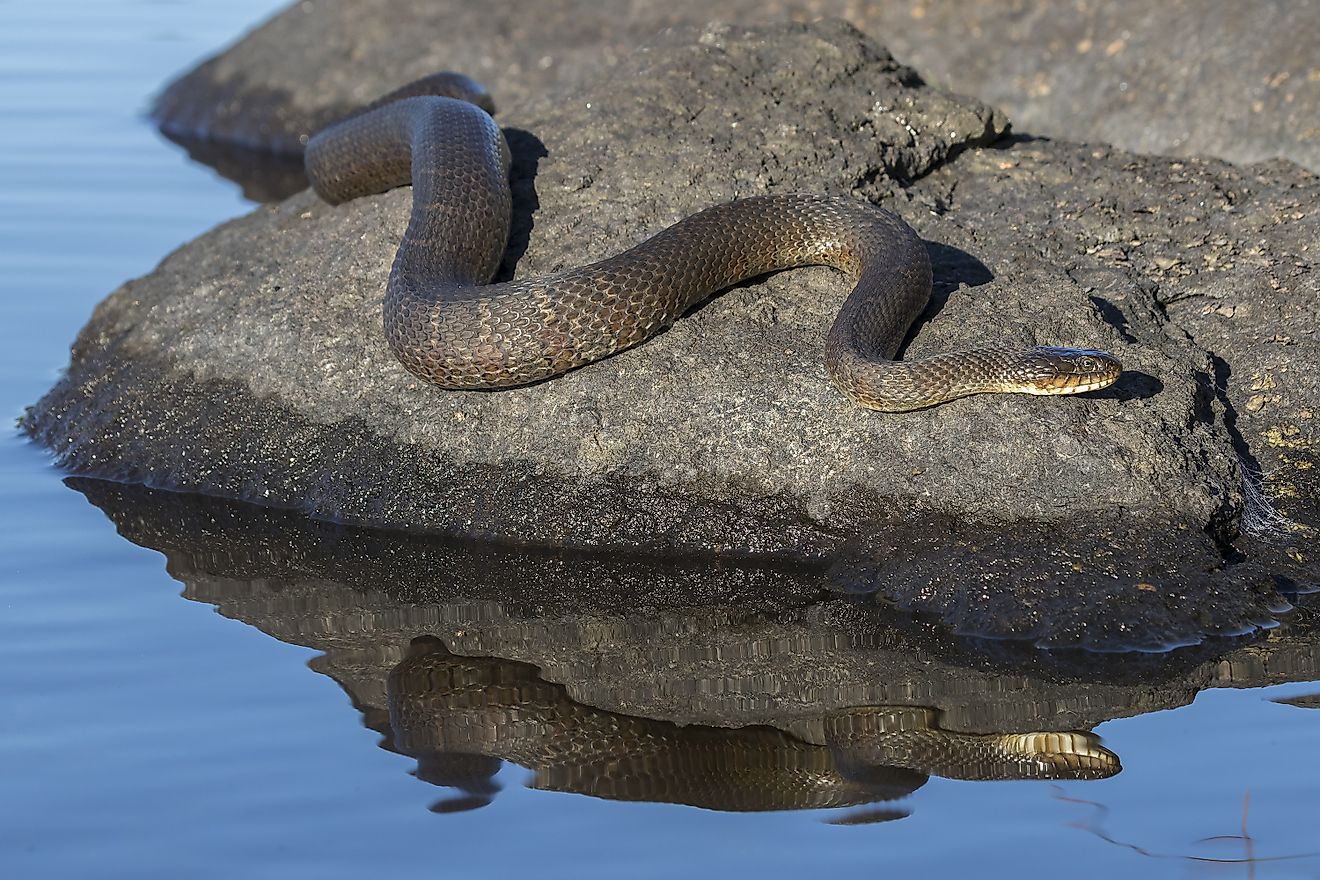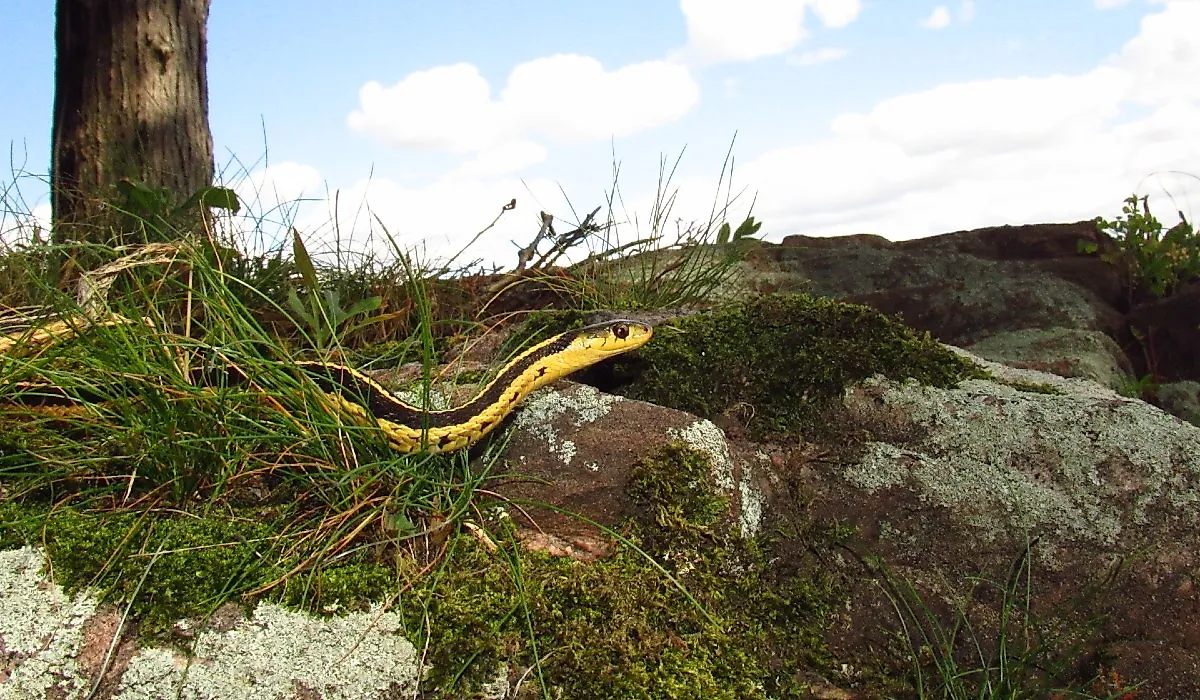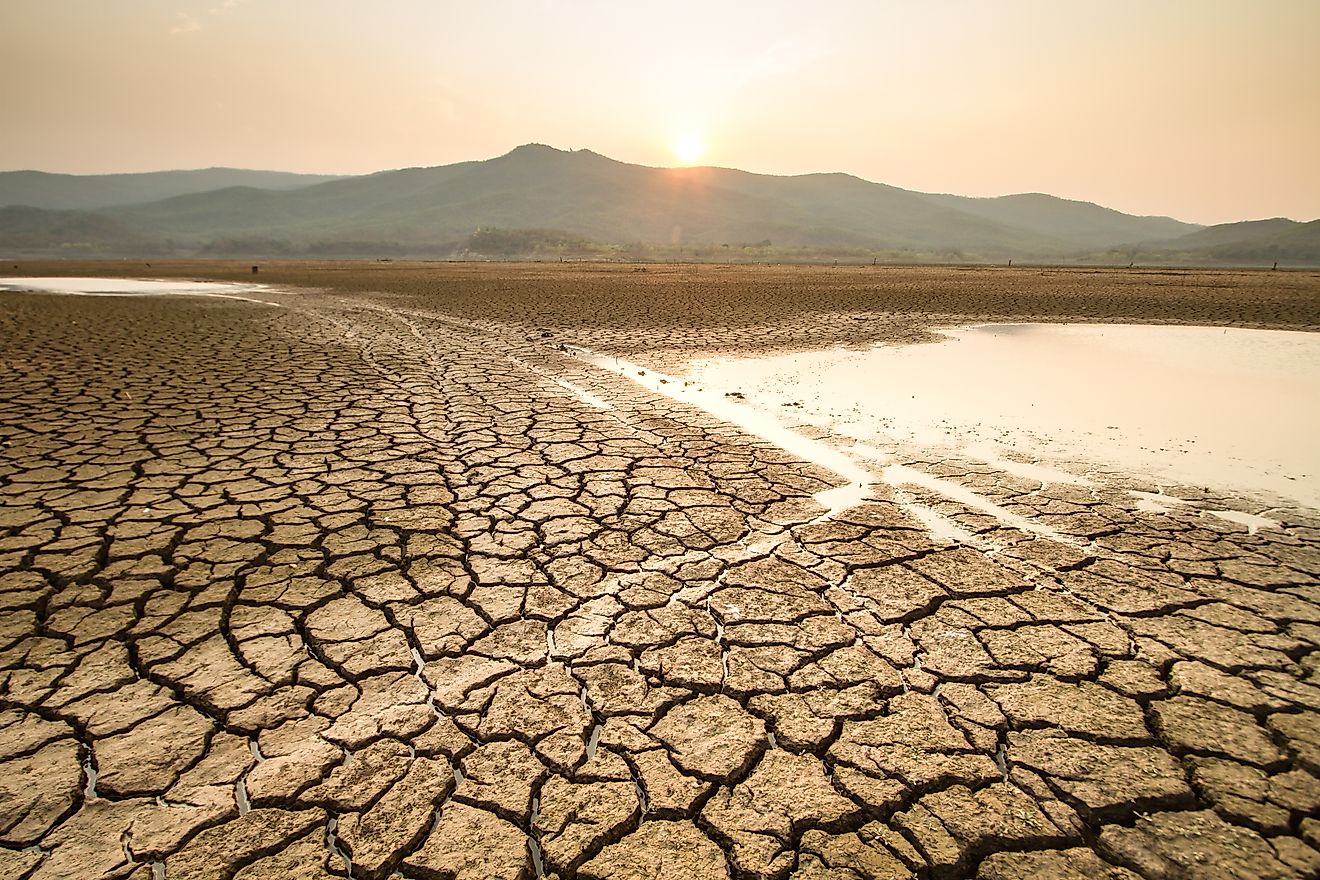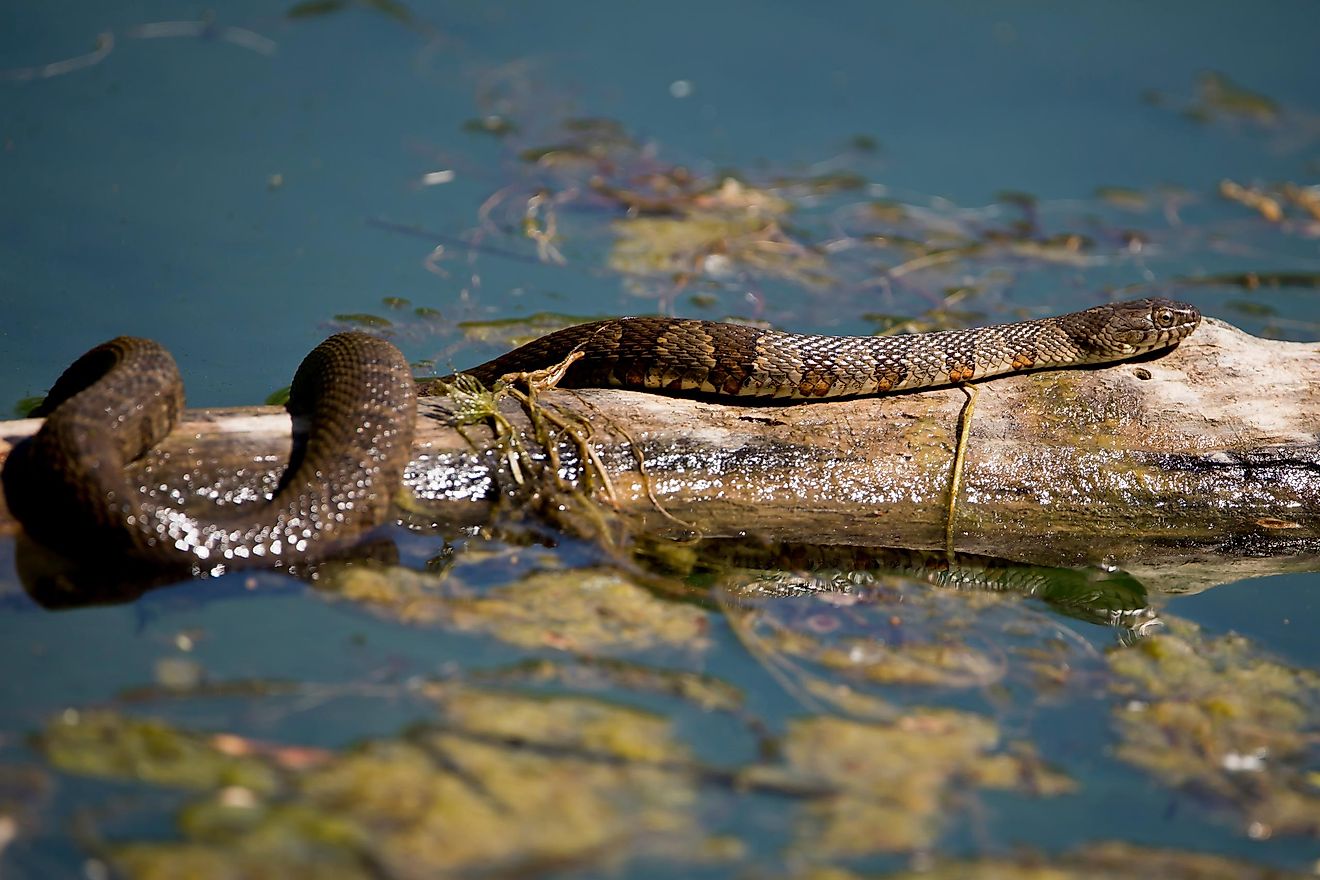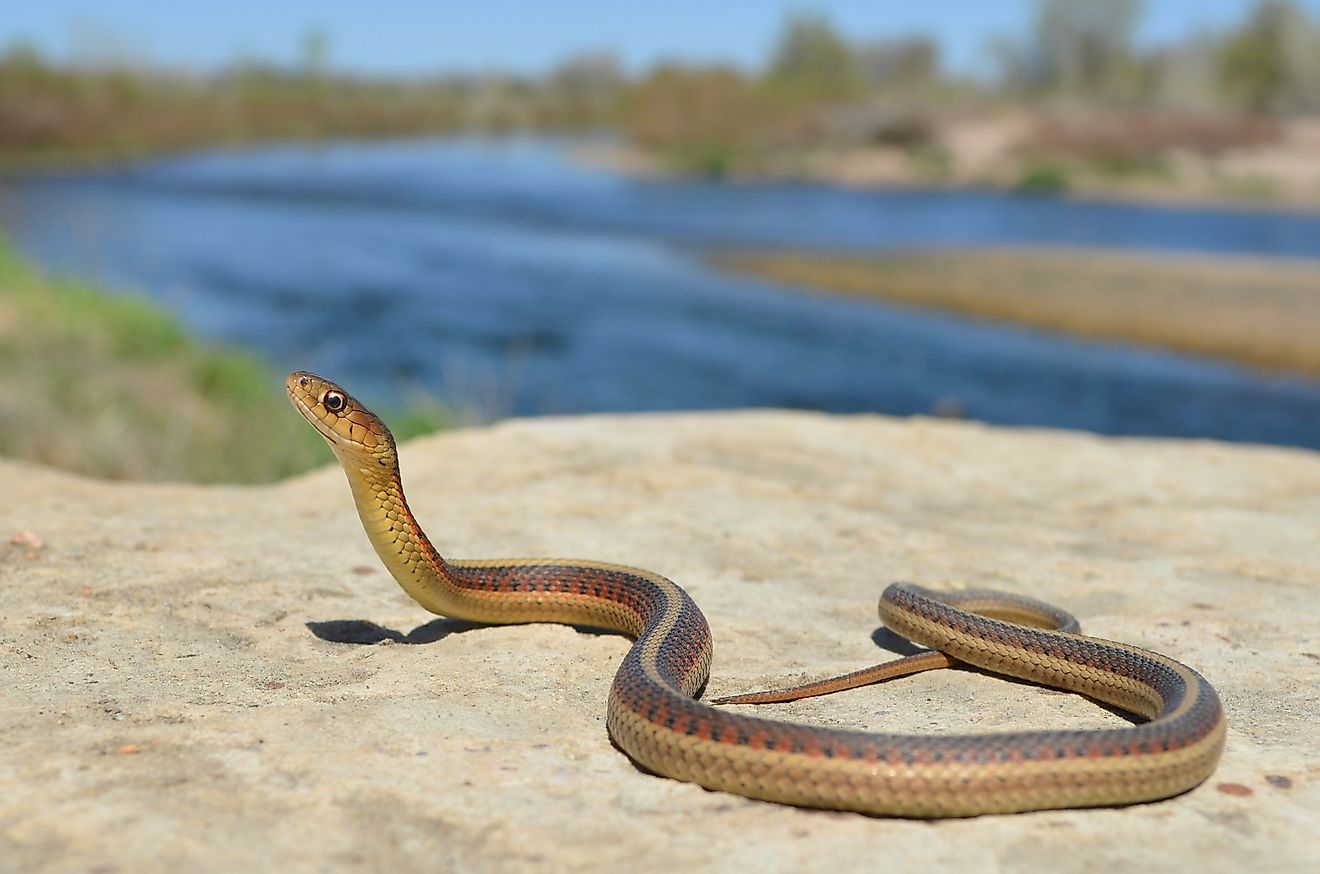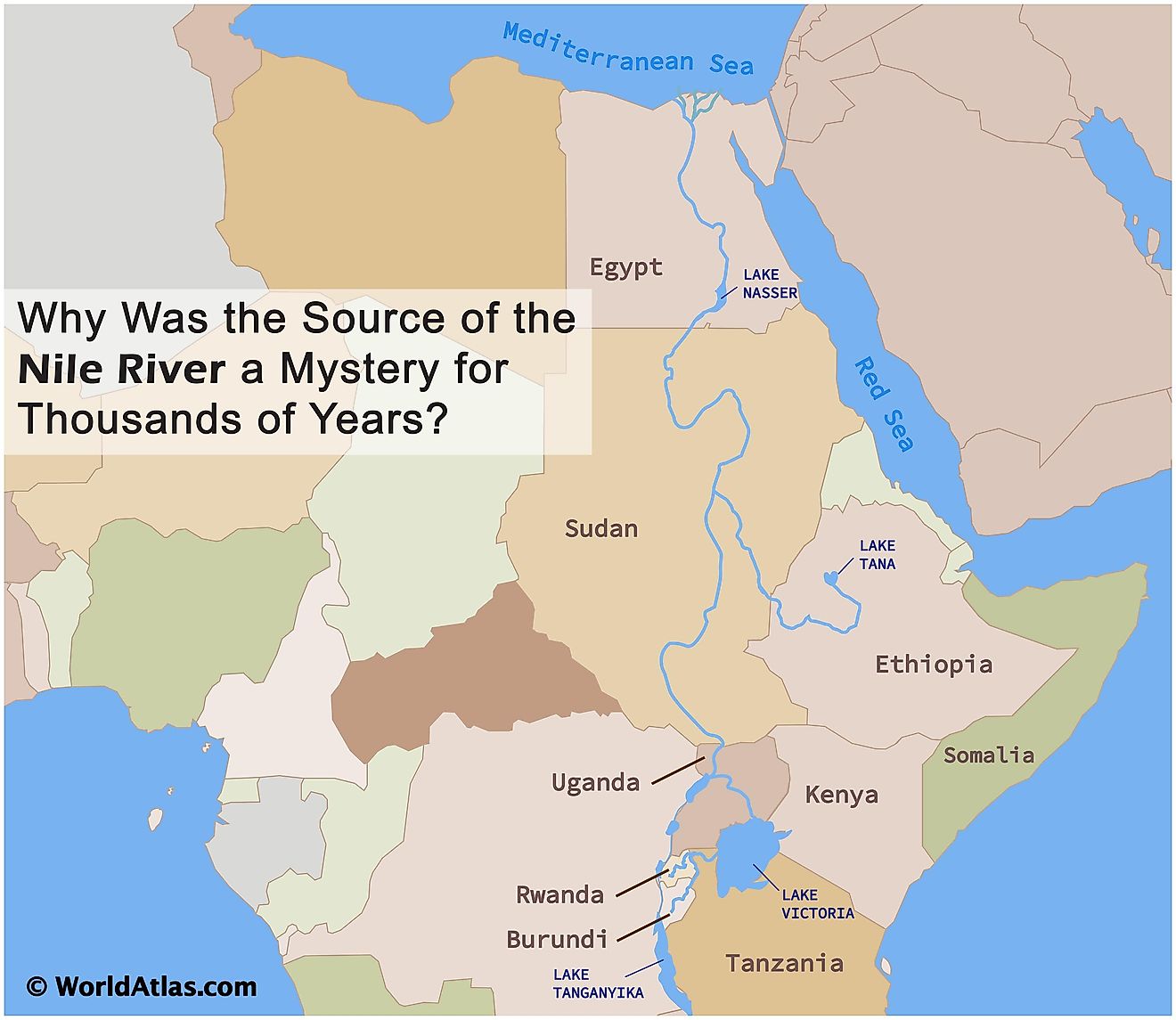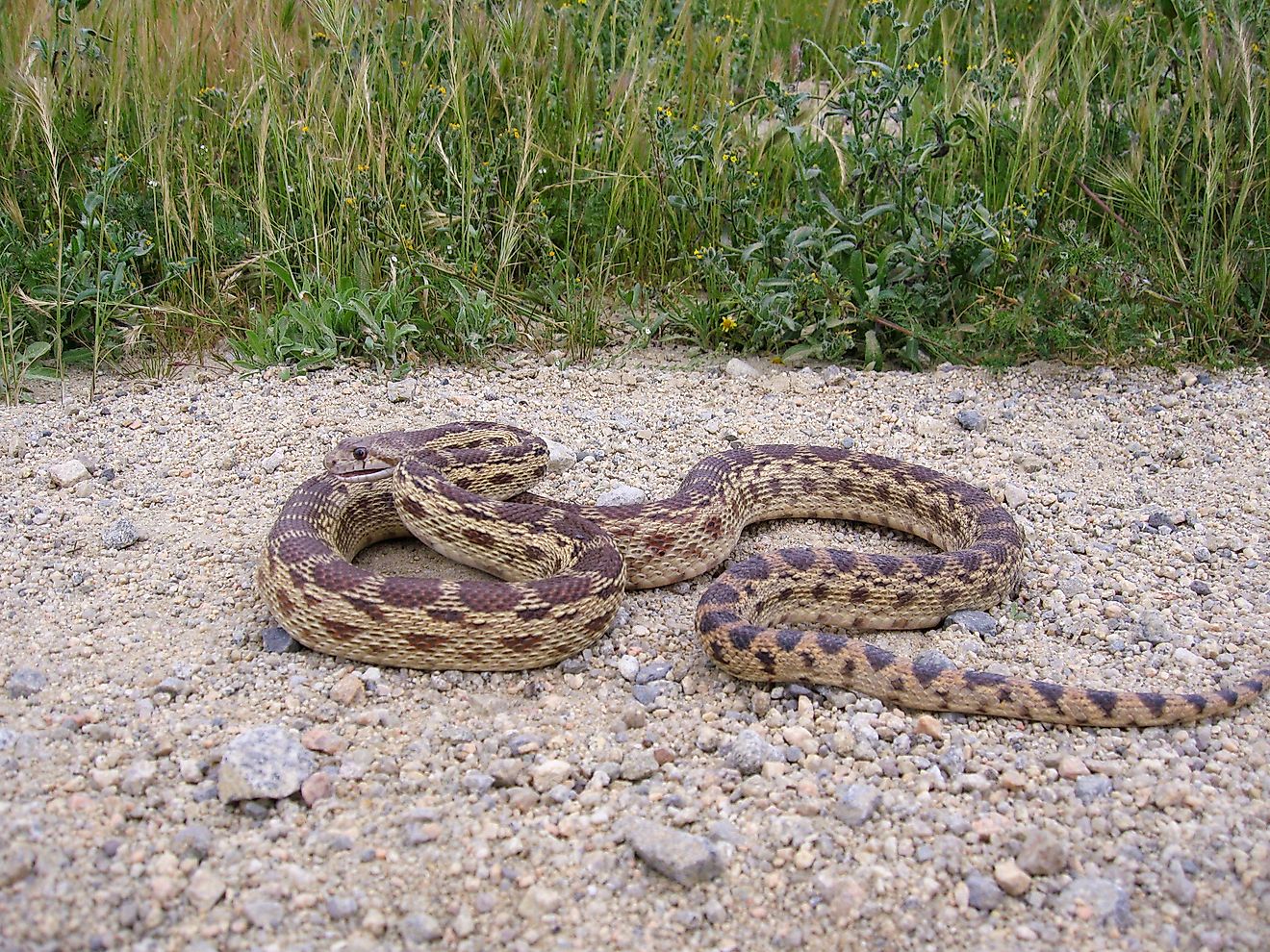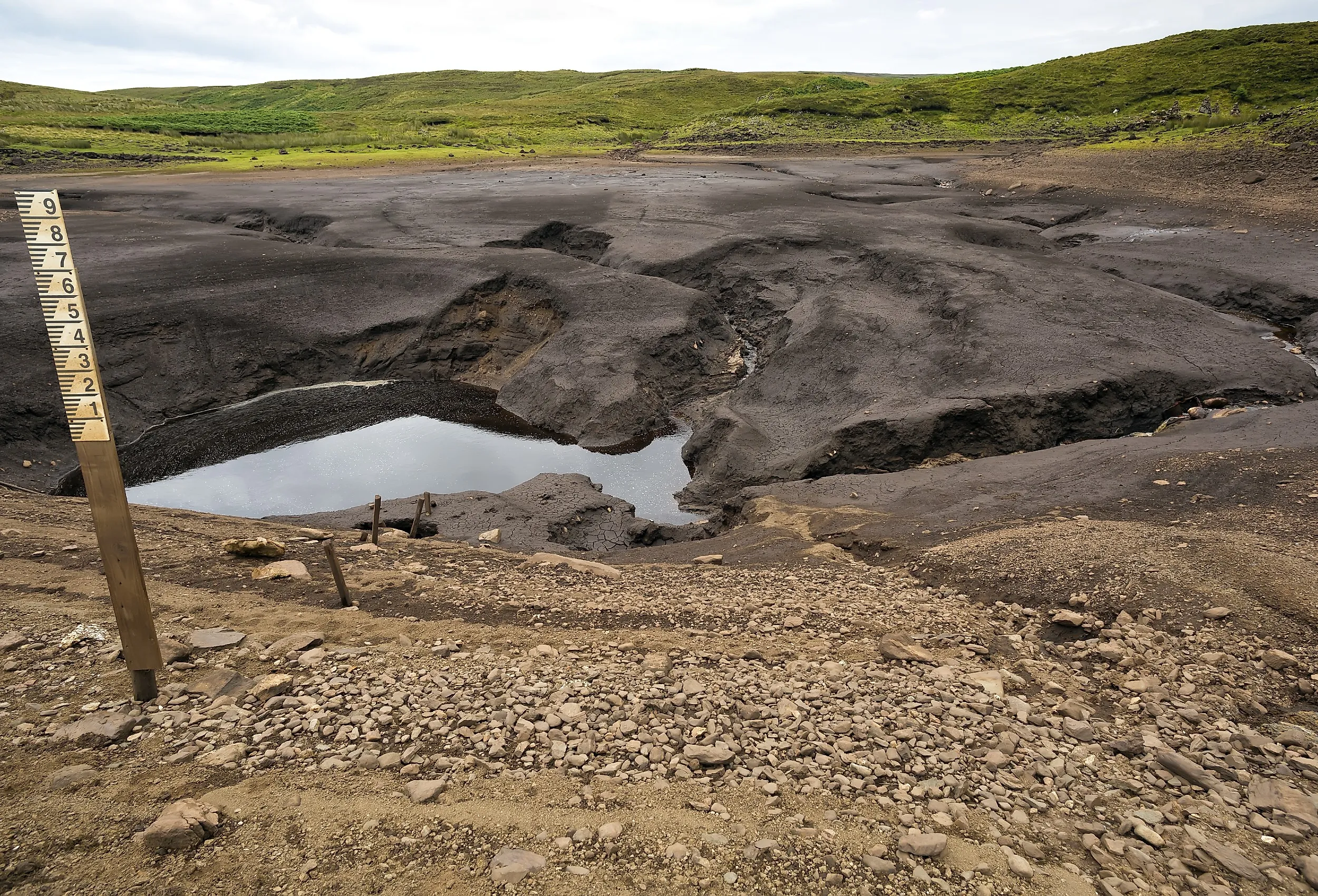
Why Some Lakes Suddenly Disappear
There are approximately 117 million lakes worldwide, encompassing about four percent of the Earth’s land surface. Occasionally, one of those millions of lakes will suddenly dry up, leaving behind an empty, dry bed and nothing more.
Sudden disappearances sometimes occur when something under the lake's surface gives way; maybe a sinkhole opens up and swallows millions of gallons in hours, or an earthquake splits the lake bed, letting the water drain underground. In addition, permafrost can melt and rapidly reshape the land, releasing water that once had nowhere to go. Humans also divert rivers, drain wetlands, or breach dams. However it happens, a vanished lake is a stark reminder of how quickly nature can rewrite its own map.
Into Thin Air And Back Again
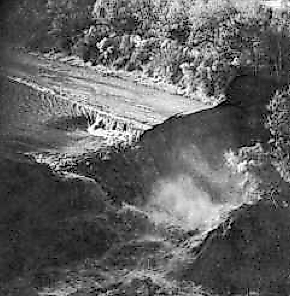
The fate of Lake Peigneur provides one example of human-induced rapid lake loss. The lake, covering 1,300 acres in Louisiana, disappeared within hours in 1980. On November 21, 1980, one of the numerous oil rigs in the lake became stuck 1,200 feet below the surface, and the rig platform suddenly began tilting.
The entire rig collapsed and disappeared beneath the lake’s surface, leaving behind a mystery. A whirlpool formed where the rig initially stood, then violently sucked in other oil-drilling platforms and a nearby dock, disrupting the flow of the Delcambre Canal, which drained into the Gulf of Mexico (Gulf of America). The canal’s flow reversed, and the whirlpool took in a tug boat and 11 barges. Soon after, the lake’s 3.5 billion gallons of water disappeared into the hole, but within two days the lake refilled.
Gone In Hours
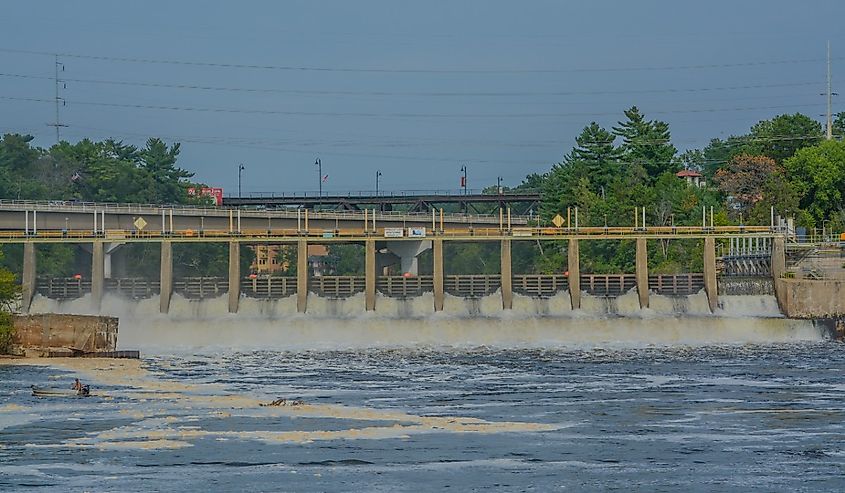
In 2008, the man-made Lake Delton, Wisconsin, drained in two hours after a heavy rain caused a dam to fail. The structural failure of the dam caused channels to form that carried all the water out of the lake.
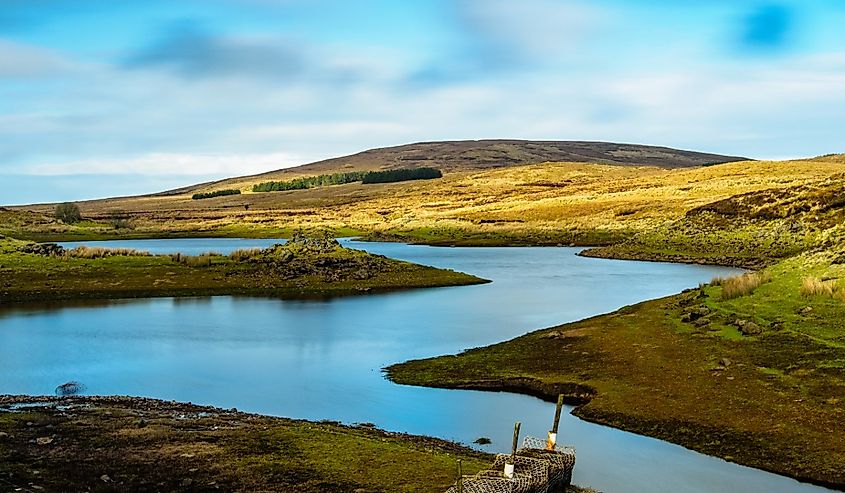
Loughareema, a small peat-bog lake in County Antrim, Ireland, is known as “the vanishing lake” because it will be full in the morning, but can drain completely by midday. The limestone it sits on has an underground drain that gets clogged by debris, causing the lake to build up pressure until it can’t hold any more. Once it reaches its threshold, the drain unclogs and the water seeps back down underground.
Melting Ice Lakes
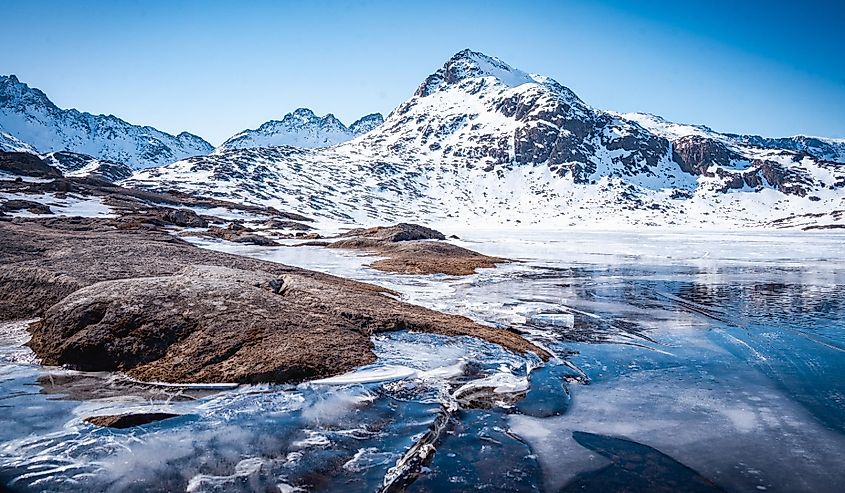
A lake known as “Lake F” in Greenland drained within two hours when a thick ice sheet sitting below it developed a crack. That crack spread more than a half-mile through the ice, and all 12 billion gallons of water seeped out of the crevice.
Another devastating ice lake melted in Antarctica’s Amery Ice Shelf within six days. In that case, 600 million of the 750 million cubic meters of water disappeared, leaving a sinkhole of ice fragments. Scientists hypothesize that the weight of the water was too great for the ice shelf below it, causing channels to open and the water to drain out through them. Glaciologists compared the rush of water draining to Niagara Falls.
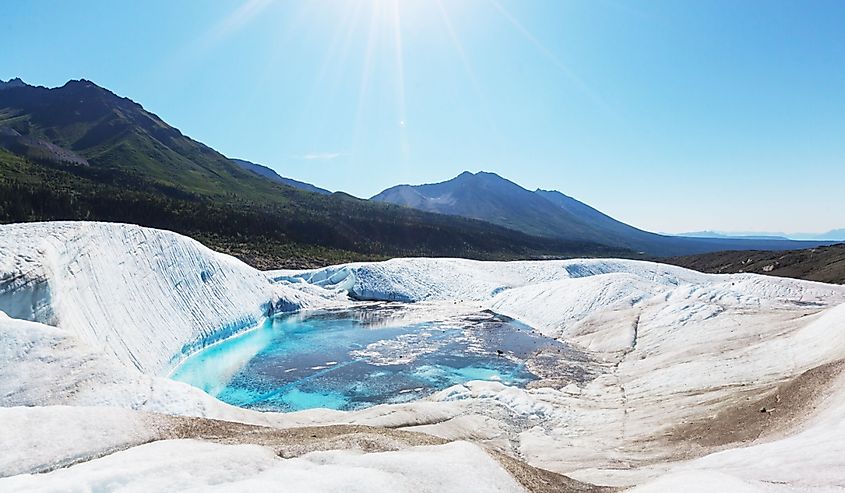
In areas with permafrost, too much rain or melting snow can raise lake levels to the point that they crest their rims, leading to erosion. The eroded surface creates new channels that deepen as the lake’s water continues to flow into them, eventually emptying the original lake.
As the planet warms, the threat to lakes becomes more severe. In the coldest places on Earth, melting ice sheets and glaciers are to blame for the disappearance of lakes. In warmer months, the tops of the thickest ice sheets become lakes from melting ice. If that water gets too heavy, it can crack the ice beneath it. If the crack extends too far down into the ice, the lake will drain through it.
Angus Lake in Sachs Harbour, Northwest Territories, Canada, drained in less than a week in July 2025 after permafrost melted and channels from the lake started flowing outward. Another unnamed lake in a remote part of the Northwest Territories drained in less than 24 hours after permafrost melted.
Slow Drains
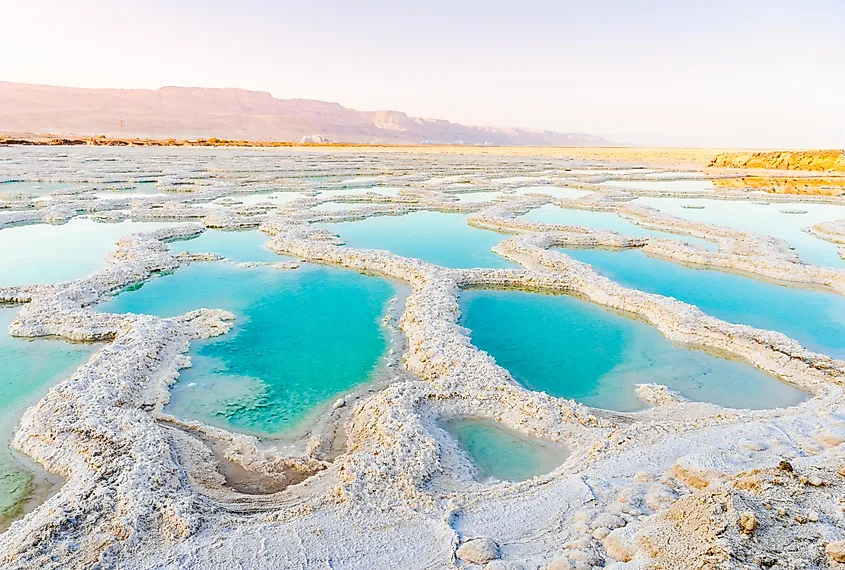
Sometimes, lakes disappear over months or years. For example, the Dead Sea, known as the lowest point on Earth, has been disappearing at an alarming rate of approximately three feet per year, and over the last 100 years, the lake has shrunk by 176 square miles. The Dead Sea decline is attributed to the diversion of water from the lake’s main tributary, the Jordan River, and is accelerated by evaporation driven by the region's high temperatures.
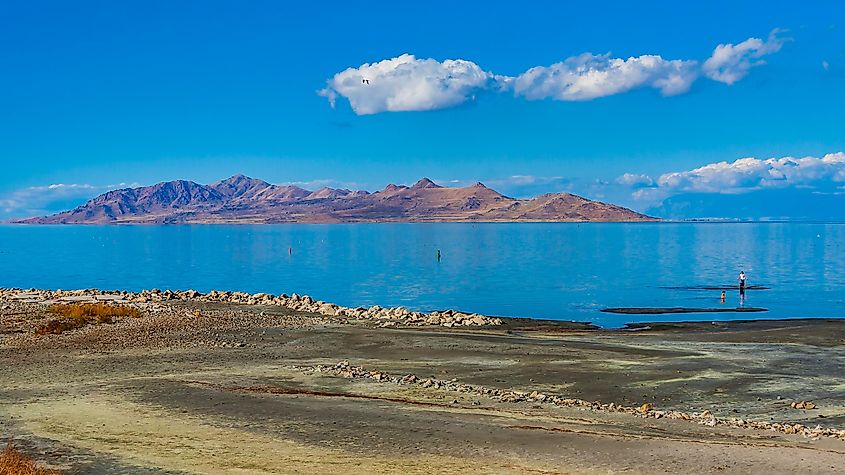
Utah's Great Salt Lake, the largest saltwater lake in the Western Hemisphere, has lost 73 percent of its water over the last 175 years. That’s 2/3 of its original size, at a rate of about one million acre-feet of water per year just since 2020. If the loss persists at that rate, scientists estimate the lake will completely disappear by 2028.
Water use in agriculture and mining applications has contributed to the lake’s declining water levels and, in the process, increased exposure to toxic substances on the lakebed. The low volume has created an even saltier environment for the aquatic life that depends on it, making it uninhabitable and potentially wiping out entire species.
Human Interference
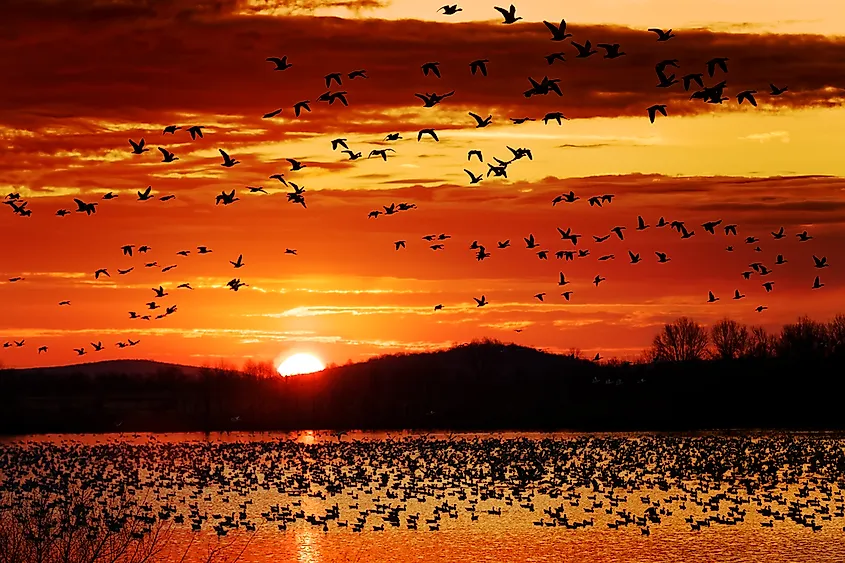
People sometimes worsen the effects of climate change, such as when they construct drainage ditches or pump groundwater for irrigating farms. When water from lakes is used up and combined with environmental drought, a drained lake may never refill.
The greatest threat posed by disappearing lakes is the loss of habitat for the species that depend on them. When a lake as large as the Great Salt Lake or the Dead Sea evaporates or completely dries up, it can upset entire ecosystems and alter the surrounding landscape. Additionally, the lake's dry base may harbor dangerous levels of environmental pollutants that can be blown into the surrounding air and damage it.
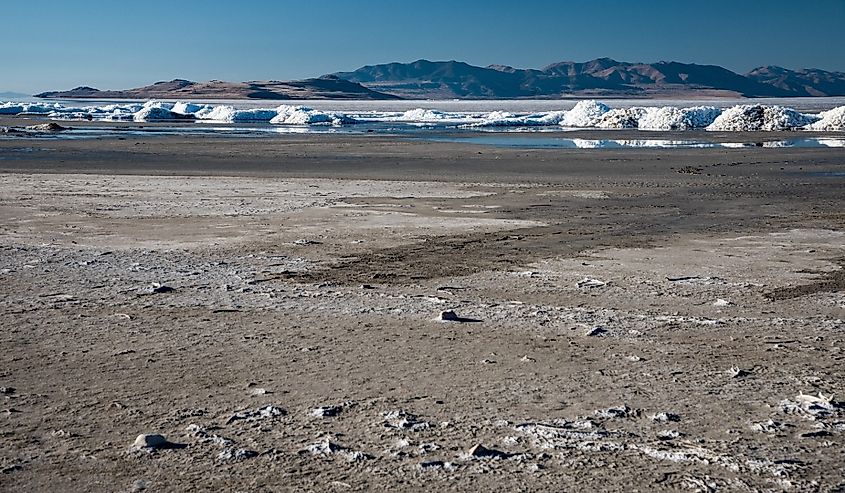
A global study (published by Science) of 1,900 of the largest lakes and reservoirs found that 53 percent of lakes showed a significant decline in water storage over the last three decades. Much of the blame can be placed on increased human water use, as well as climate change, which is largely a product of pollution, the build-up of greenhouse gases in the atmosphere, and the use of fossil fuels.
Regardless of the cause, whether it is sudden cracks that encourage rapid drainage, rising global temperatures, human overconsumption, or the melting of glacial ice or permafrost, lake loss is devastating. Vanishing lakes leave behind more than just a dry bed. In places as different as Greenland and Wisconsin, lakes that no longer exist ruin habitats, disrupt ecosystems, and expose people and wildlife to dangerous toxins. Solutions exist to combat individual lakes from drying up, but most of the answers are global, such as curbing climate change and agricultural and industrial use. One local solution is government protection of watersheds; however, it is also important for individuals to remain mindful of their water usage.
